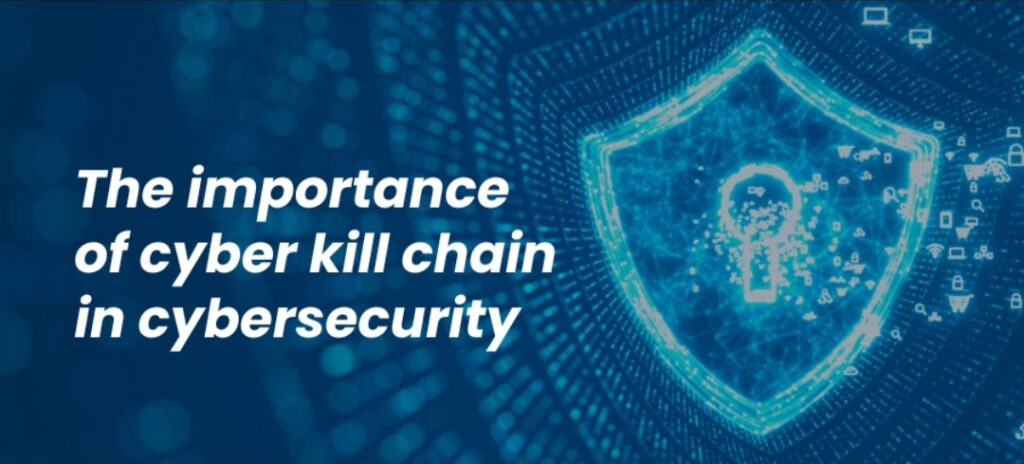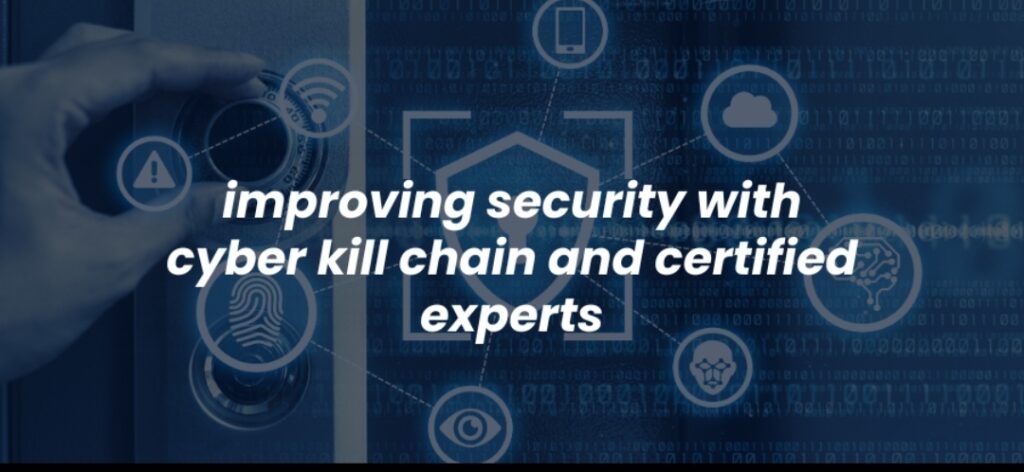As cyber-attacks keep growing and getting more advanced, businesses need to take active steps to protect their digital resources. The Cyber Kill Chain is a helpful tool that has come up in cybersecurity. It divides a cyberattack into different stages, letting security teams find weak spots and put strong protections in place at each step.
Did you know that there is a hacker attack every 39 seconds on average? That’s why the Cyber Kill Chain is so useful. It helps companies understand how attacks happen and defend against them better. By looking at each part of an attack, from the hacker gathering information at the start to achieving their final goal, the Cyber Kill Chain gives a clear way to see and stop cyber threats.
In this blog, we will discuss what a cyber kill chain is. Its stages and why it is important in cyber security.
What is the Cyber Kill Chain
The Cyber Kill Chain is a model that was created by Lockheed Martin in 2011. It’s a way to understand how a typical cyberattack happens, step by step. Breaking down the attack into different phases helps cybersecurity professionals see the bigger picture and find ways to stop the attack at each stage.
This model has become an important tool for people working in cybersecurity. It allows them to look at potential threats, prevent attacks from happening, detect them quickly when they do occur, and respond effectively to minimize the damage.
Cyber Kill Chain helps professionals create a structured plan to counter cyber threats. They can look at each phase of the attack and figure out the best ways to defend against it. This helps them stay one step ahead of the game and protect their systems from hackers.
What is the Cyber Kill Chain

The Cyber Kill Chain is a model that helps understand the different stages of a cyber attack. It’s like a roadmap that shows how hackers plan and carry out their attacks, step by step.
Think of it like a burglar trying to break into a house. They don’t just smash a window and rush in. Instead, they carefully plan each move, from scouting the property to finding the best way to get inside without being noticed.
Similarly, cyber criminals follow a series of steps when attacking a computer system or network. They begin by gathering information about their target and then create specific tools to exploit any weaknesses they discover.
Once they have gained access, they deliver their malicious software and start to take control of the system. Finally, they execute their primary objective, whether it’s stealing sensitive data or causing significant damage.
The 7 Stages of Cyber Kill Chain
Reconnaissance:
In the first stage, attackers do their research. They gather as much information as possible about their target, searching for weak points and potential ways to gain access. This process is similar to a burglar surveying a house, looking for unlocked doors or open windows.
Weaponization
Armed with knowledge of the target’s vulnerabilities, the attackers create or acquire specialized tools to exploit those weaknesses. These tools could include malicious software, such as viruses or Trojans, tailored to take advantage of specific security flaws.
Delivery
With their weaponized payload prepared, the attackers must now deliver it to the target. Common delivery methods include sending phishing emails with malware-laced attachments or compromising legitimate websites to serve as a distribution platform for the malicious software.
Exploitation
Once the malicious payload reaches the target’s system, the attackers leverage the discovered vulnerabilities to execute the malware and establish a foothold. They exploit the weaknesses identified during the reconnaissance stage to gain unauthorized access.
Installation:
After gaining initial access, the attackers secure their presence by installing additional malware or creating “backdoors” on the compromised system. These backdoors allow the attackers to maintain access even if the original vulnerability is discovered and patched.
Command and Control (C2)
With a persistent presence established, the attackers set up a communication channel that allows them to remotely control the compromised system. This channel enables the attackers to send commands, receive stolen data, and manipulate the system as needed.
Actions on Objectives
In the final stage, the attackers work towards achieving their ultimate goal, which can vary depending on their motivations. This may involve exfiltrating sensitive data, disrupting system operations, or using the compromised system as a launching point to attack other network resources.
The Importance of the Cyber Kill Chain in Cybersecurity

The Cyber Kill Chain plays an important role in enhancing an organization’s cyber security posture. By providing a structured framework to analyze and respond to cyber threats, it enables security teams to:
- Develop proactive defenses and incident response plans that address each stage of the attack chain.
- Detects and responds to threats more quickly, minimizing the potential damage caused by a successful breach.
- Allocate resources and prioritize defenses based on the most vulnerable or frequently targeted stages of the kill chain.
- Gain valuable insights into attackers’ tactics, techniques, and procedures through threat intelligence analysis.
Weaknesses of the Cyber Kill Chain:
While the Cyber Kill Chain is a valuable tool, it may have some weakness. Here are some of its weaknesses.
Linearity and Rigidity
The Cyber Kill Chain thinks attacks happen in a straight line, but they don’t always do that. Bad guys can skip steps or repeat them, making it hard for people to find and stop the attacks.
Limited Scope
The Cyber Kill Chain mostly looks at attacks from the outside, but not as much at attacks from inside. Insider threats can skip some steps, making them harder to catch.
Evolving Attack Tactics
As attackers come up with new tricks, the old Cyber Kill Chain might not include them. This can make it easier for new kinds of attacks to happen.
Overemphasis on Perimeter Defense
The Cyber Kill Chain focuses a lot on protecting the edges, but not as much on other important things. Paying too much attention to the edges can make people forget about security on the inside.
Potential for Alert Fatigue
Watching for attacks at every step can make a lot of alerts happen. If they’re not organized well, the people in charge of security might miss some important ones.
Improving Security with the Cyber Kill Chain and Certified Experts:

At Certified Nerds, our team of highly skilled and experienced professionals have the knowledge and expertise necessary to help organizations maximize the benefits of the Cyber Kill Chain. We work closely with our clients to assess their current security posture, identify potential weaknesses, and develop customized strategies that align with the Cyber Kill Chain framework.
Our comprehensive approach begins with a thorough analysis of an organization’s existing cybersecurity measures. We then map these measures against each stage of the Cyber Kill Chain, identifying gaps and opportunities for improvement. This process allows us to prioritize vulnerabilities and develop targeted solutions that enhance an organization’s ability to prevent, detect, and respond to cyber threats.
Contact us now to get complete information about the cyber kill chain framework.





